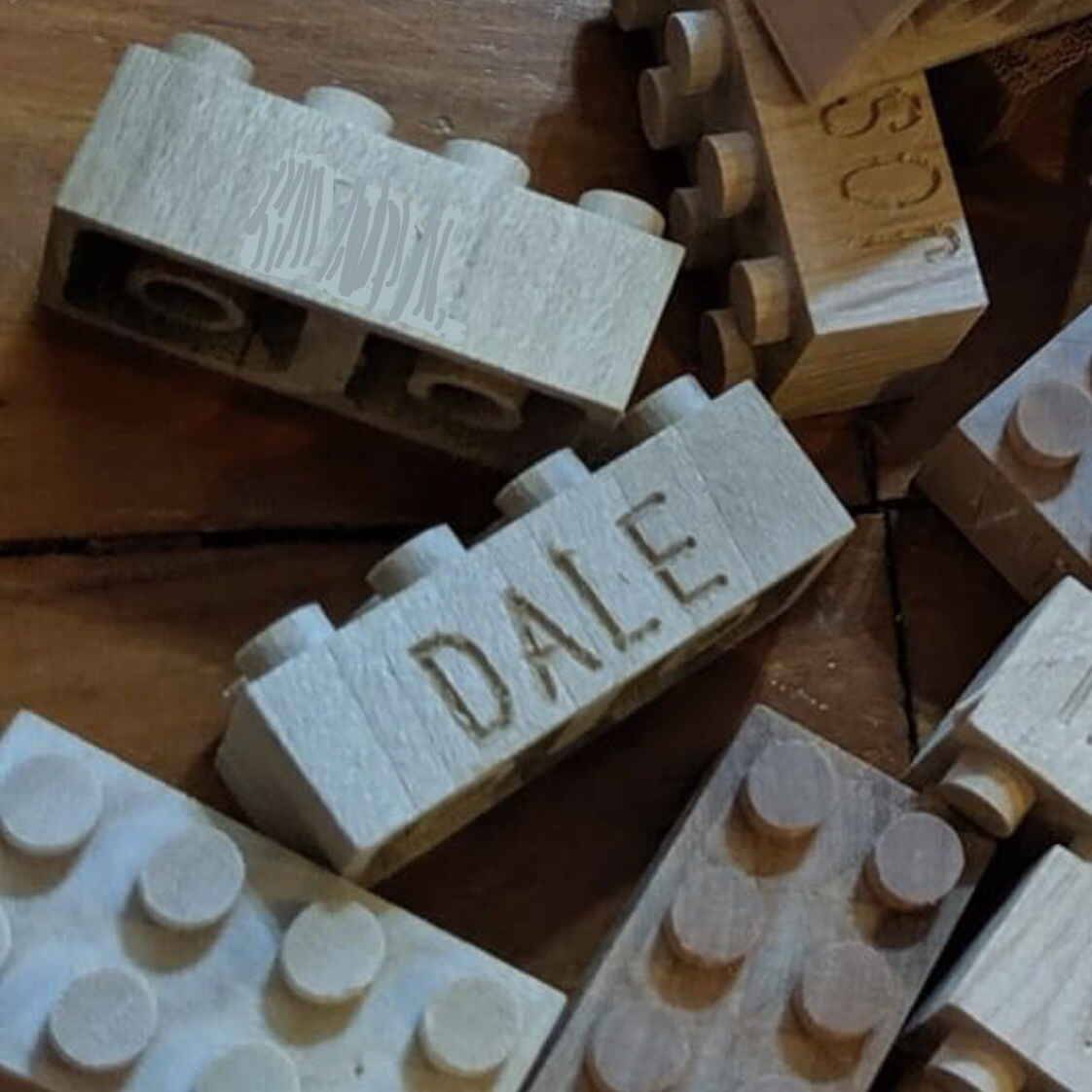
Daleo
Drama Papa
29Follow
38Followers
0Topic
0Badge
Share your opinion about this news…
Michael Burry's Pick Lululemon Faces 'De Minimis' Test In Q3: But Bulls Expect 'Retail Bellwether' To Surge By Over 60% In 2 Years
Great article, would you like to share it?
Tiger is everywhere. I love Tigers.
Like
Sorry, the original content has been removed
Like
US STOCKS-Wall Street Ends Strong Month on Weaker Note; Focus on Fed Meeting
Like
Sorry, the original content has been removed
Like
Sorry, the original content has been removed
Like
US STOCKS-Wall Street Ends up 2% After Sharp Reversal; Technicals Help
Like
Trump-Tied SPAC Delays Vote After Falling Short on Shareholder Support
Like
Sorry, the original content has been removed
Like
Apple: Why I Bought More At $140
Like
4 Blue-Chip Stocks to Sell in October
Like
Sorry, the original content has been removed
Like
US Inflation Tops Forecasts, Cementing Odds of Big Fed Hike
$Apple(AAPL)$Apple
Like
Sorry, the original content has been removed
Like
Sorry, the original content has been removed
Like
Sorry, the original content has been removed
Go to Tiger App to see more news